Category: Mormon Arts
-
Halloween Costumes and Inner Conflict
Halloween scares me. Of course, I’m scared of lots of things—poverty, cancer, rape, gang violence, Satan, etc. I thought I should admit that up front. Make of it what you will.
-
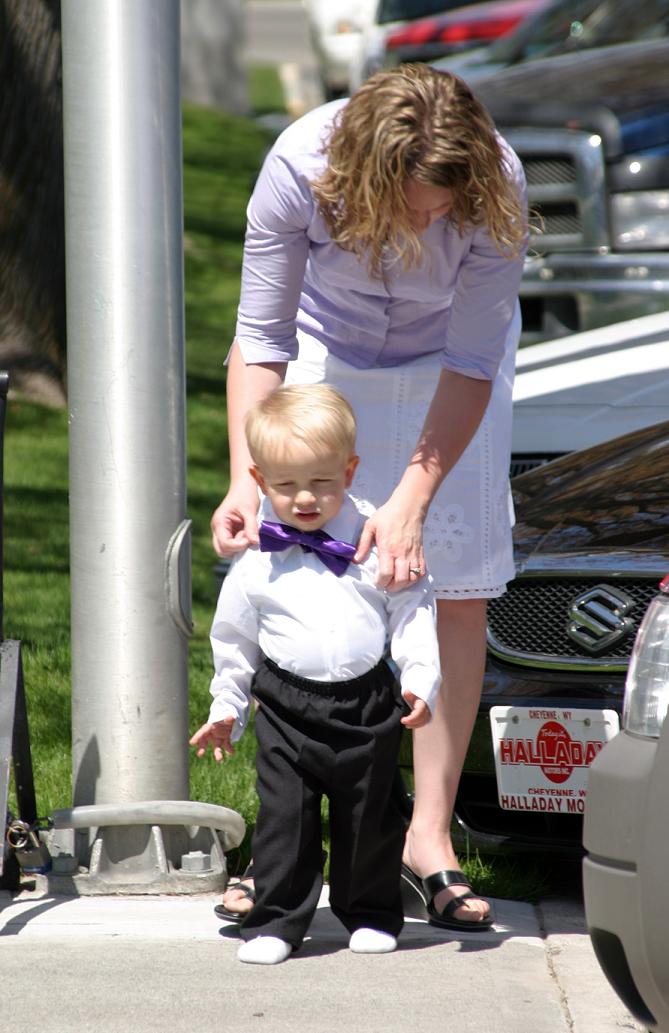
A Mormon Image: Preparing for the Wedding Reception
Photo by L-s Sus, who writes: The picture is of my wife and son and was taken at my sister’s wedding. It captures many themes that resonate with my concept of Mormon identity: Family, Motherhood, Nurturing, and Beauty. It also reminds me that we have benevolent heavenly parents who reach down and give assistance, and…
-
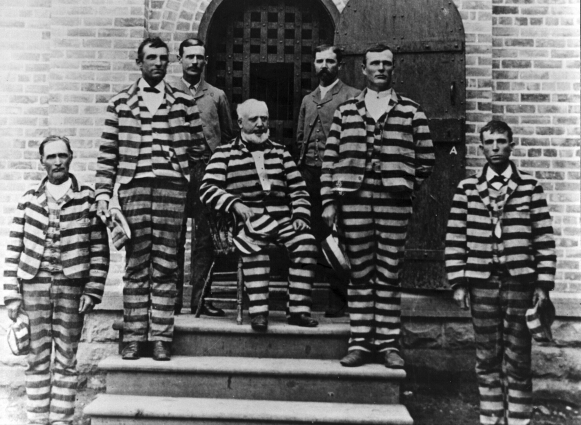
Photo Series: A Mormon Image
In an effort to increase the beauty-to-blather ratio around here, we’d like to kick off a new series of posts featuring photos and other images which carry meaning to us because they resonate with our Mormonness. And we’d like to include all of you in this project. That is, we’re inviting you all to send…
-

My Teen Swears in the Name of Art
They immersed themselves in the characters and, by so doing, opened the door to deeply significant conversations between the cast, their parents, and the community. Artistic explorations have the power to touch us deeply, in ways that detached discussion about concepts cannot.
-
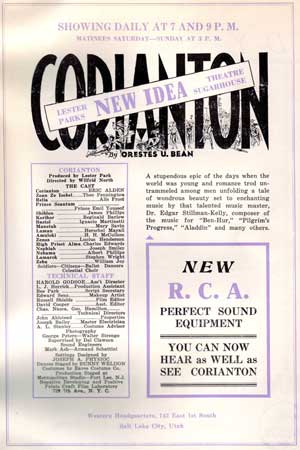
Corianton – An Unholy Review
Short review of Corianton: By today’s standards, it wasn’t a very good movie. But by 1931 standards? Well, it wasn’t a very good movie.
-
Let Them Praise His Name in the Dance!
I went on one of the best dates I’ve been on in some time tonight – my daughter and I went to BYU’s World of Dance.
-
Rough Dawn Breaking
The marble skin of Joseph’s perfectly-muscled chest sparkled like diamonds in the Palmyra sun. Emma stared, captivated by the velvet tones of his voice, the intoxicating scent of his tousled bronze hair. “You should stay away from me,” he had warned her moodily. “I’m too dangerous.” But he couldn’t seem to stay away from her…
-
Mormon prayer and Mormon art
If you want to find a unique Mormon tradition of verbal art, you should listen to Mormons pray
-
Jer3miah, The Great Mormon Novel, and The Problem with Mormon Media
The Book of Jer3miah phenomenon has been noticed on Salon, coincidentally just as an ill-advised Mormon Times essay touched off strong reactions by suggesting that the Great Mormon Novel could never exist.
-
Uber-Deep and Important Doctrinal Questions
After reading the post from a couple days ago about optimal tithing rates, I started to think about some of the unanswered questions that have come to mind while I’ve been playing Brick Breaker in Elder’s Quorum pondering the mysteries of the Gospel. It seems like this audience might be able to offer some differing…
-
What Do We Mean by Non-Profit?
I heard the following story at Sam Wellers about some local LDS Church units and selling books. I don’t know when this happened or who it was — no doubt someone here knows the story better than I do, or knows of a similar story — but it strikes me as the kind of thing…
-
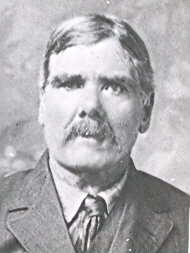
-
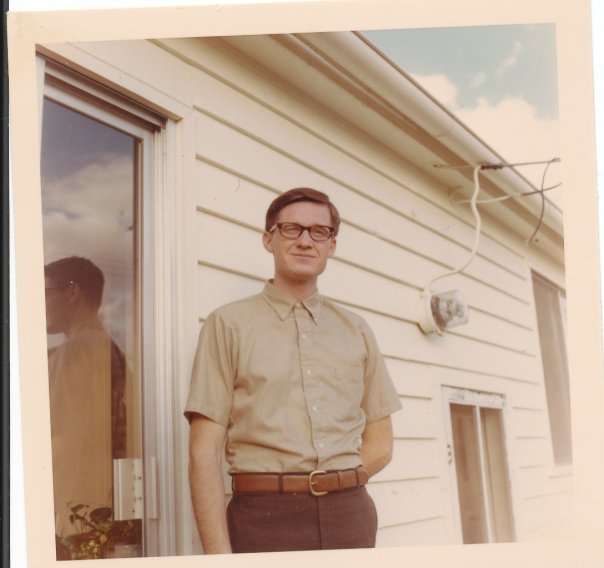
What My Father Did
A few weeks ago my father retired after spending three decades working for the Church Historical Department. I’m no doubt guilty of an excess of filial piety, but I think that the Church and Kingdom are better for the work that he did.
-
Regarding Carol Lynn Pearson
Over the holidays I discovered the poetry of Carol Lynn Pearson, which I have been enjoying. At times she spills over into the trite or saccharine, but on the whole I like it. There is nothing agonistic about it, which is the reason that Terryl Givens doesn’t much care for it. I think that he’s…
-
Relics
The Book of Mormon is a reliquary in prose. In some extensive sections and at some critical moments, what drives the narrative is the question: how did a set of golden plates, a steel sword, a ball of curious workmanship, a breastplate, and two translucent stones end up inside a stone box buried in a…
-
Hum together, right now
While the candidates have been talking the talk about cooperation and unity, a few humble LDS editors have been walking the walk.
-
Mormon Halloween: Its Origin and Destiny
I’m not sure whether or not Halloween is actually “Mormon” to any significant degree. Mormons generally participate in the holiday here in the U.S., of course. And we even have a few requirements of the holiday in a Church setting — for example, we don’t allow masks at Church-sponsored Halloween events. But I don’t think…
-
Key to the Culture of Mormons
Last Saturday I gave a walking tour of Mormon history sites in lower Manhattan, one of the services our stake history committee offers regularly. One stop on the tour is the location where an early LDS newspaper, The Mormon, was published by John Taylor. That newspaper featured an interesting statement in its masthead–what it called…
-
Mormons Like the Suburbs
For my last post as a guest blogger, I have written something a lot more dough headed than the stuff usually posted on this blog. This is a flavor of what I am up to on my own dough headed blog. While I hope you enjoy it, I also want to thank Times & Seasons…
-
M Gets a Joke
A while back our household sat down to watch an episode of Monk. We like Monk because not only is it funny, it’s also sad and tender and offers good – sometimes very good – cultural satire. As I fed M she kept turning her head to look at the TV, watching whatever it is…
-
“Mormonism”: A Perfect Storm
Library Journal this month ran an interesting article offering a big-picture perspective on the world of LDS and LDS-related publishing, highlighting close to 40 books on doctrine, history, sociology, comparative theology and devotional topics, as well as periodicals, video, and internet resources. The article’s aim is to help librarians choose recent, reliable books about Mormonism,…
-
Doctrines of Localization
In April, 1998, President Hinckley visited New York City to speak at a special fireside held in Madison Square Garden, and our stake provided a 100+ voice choir for the event. I remember thinking at the time that with all of the talented Church members in New York City, the choir should be permanent.
-
Mormon Language
I can’t resist telling this one again. Last May in priesthood meeting the photographers collecting photos for the ward directory suggested that the photos might end up on the “Blogosphere.” After they mentioned the word “Blogosphere” three times, I replied: “In the Church, we call it the “Bloggernacle.” To my surprise, this drew gaffaws from…
-
The Way to Translation
Several years ago bookseller Curt Bench put together an annotated list of the 50 most important Mormon books published before 1980. While I won’t claim that everyone will agree with his assessment, I’ll be very surprised if anyone objects to more than 25% of the list.
-
What to do about Deseret Book?
For the past decade, I’ve suggested that Deseret Book is one of the significant impediments to the growth of Mormon culture outside those elements involving worship. LDS books, music, film, art and other cultural products, especially innovative ones, are hampered by Deseret Book’s size, focus and control of the market for LDS materials. What can…
-
What Model for Spreading Mormon Culture?
Ever been in one of the few LDS stores outside the United States? or in countries that don’t speak English? The selection can be quite discouraging.
-
Death and Doctrine, II
Can you help me a bit more with this topic? . . . Since LDS funeral sermons were given exclusively by men before 1900, they make an interesting comparison with LDS women’s death poetry of the same time period.
-
Book Review: The Host
by Stephenie Meyers (Little, Brown, 2008). 617 pp. WARNING: major spoilers Stephenie Meyer’s foray into science fiction is a well-deserved best seller, and a great piece of Mormon literature. The romantic interaction between Bella and Edward and Jacob—wait, I mean between Jared and Melanie/Wanderer and Ian—uh, hold on a second…
